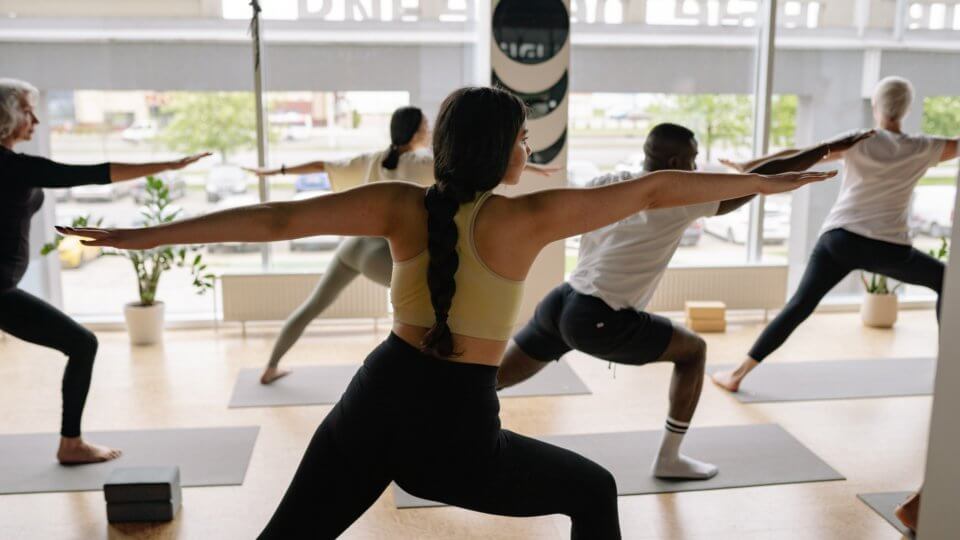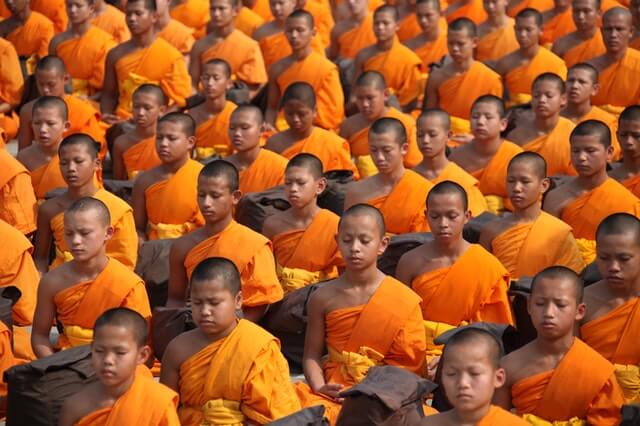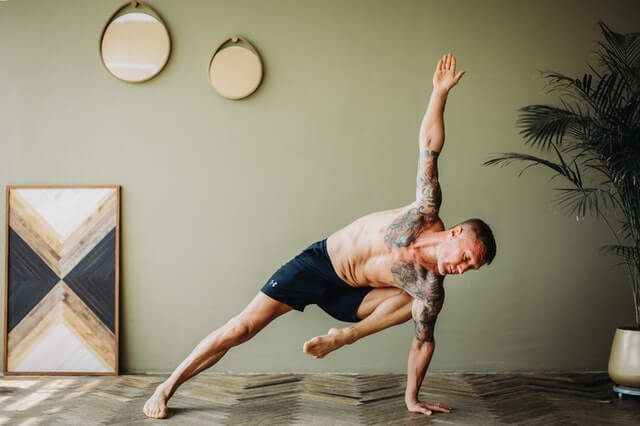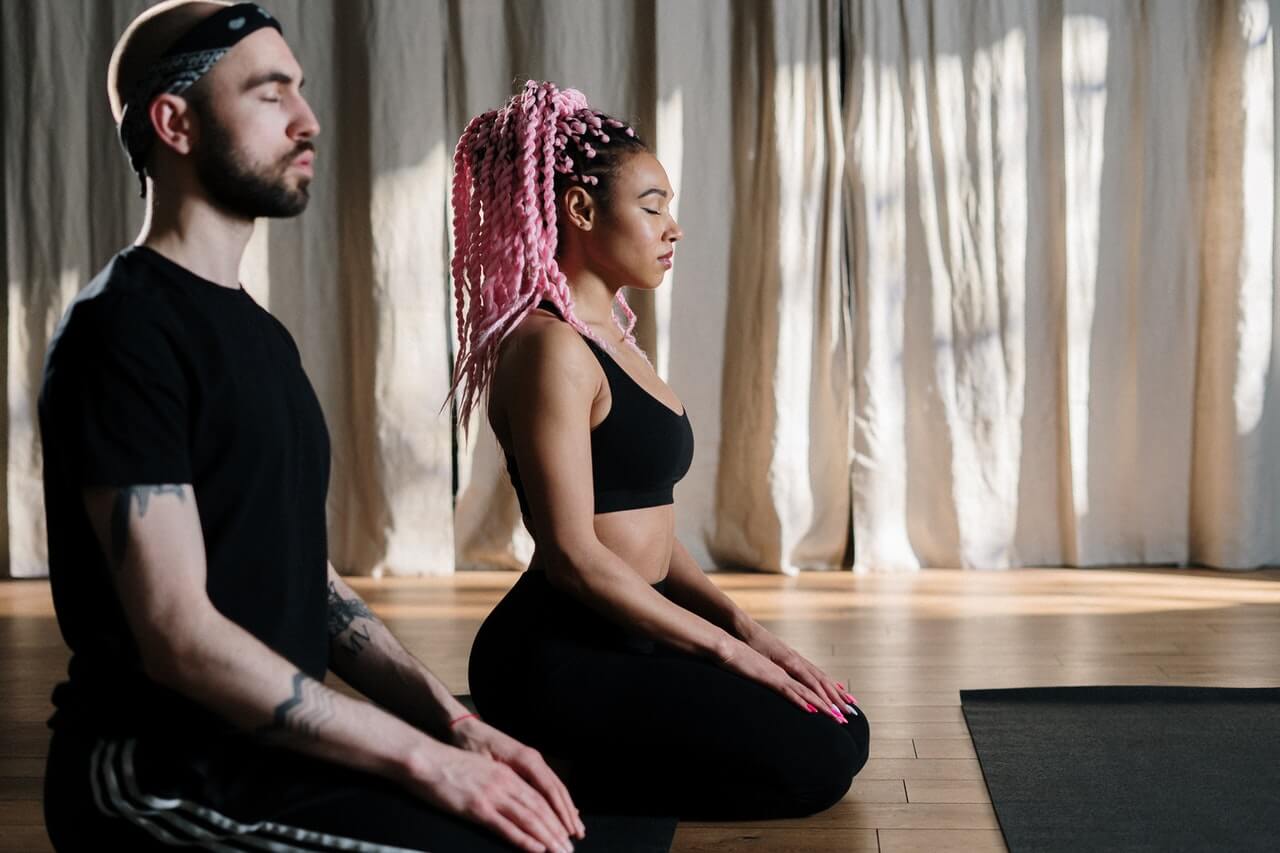
Yoga Types: What Are They and What Are the Differences?
If you start a conversation about yoga at a dinner party, it is highly likely that everyone would have heard of it but have a different understanding of what it actually is. The different yoga types are very rarely mentioned. This is understandable considering the image portrayed on Instagram and other social media. Whether it’s people doing elaborate poses on cliff edges or a group of monks meditating with the hashtag “yoga”.

There are so many stereotypical images that people relate to the practice. Which leads to the question: What are the different Yoga types and what are the differences? Until you really look into it, it is not always clear. For instance, when you go down to your local gym, they have yoga classes on offer, yet they very rarely specify which yoga type they are teaching. For these people, yoga is yoga. However, if you make your way to a yoga studio, you figure out very quickly that there is so much more to it.
You may thank that Yoga is not for you but before making that decision you should really look at what is on offer. There is a type to fit almost everybody. Whether you are looking for something to improve flexibility, lose weight, build strength or promote relaxation and relieve stress, you will find something that works. Below are some of our favorites, just to give you a snippet of what is out there and what they entail.
Yoga Types: Hatha
Hatha is a combination of different yoga types and is often looked at as an umbrella term for styles taught in the western world today. It incorporates moving slowly yet deliberately into different poses which you then hold for a period of time. This type of yoga really challenges your strength, stability and flexibility. Controlled breathing is key to a successful class helping you to relax bringing inner peace.
The main benefits of Hatha:
- Core Strength
- Stress reduction
- Muscle and joint flexibility
- Reduced symptoms of depression
Ashtanga Yoga
For those who have been practicing for a while and need a bit more movement in your classes, this Yoga type might be the one for you. Ashtanga can be fairly intense so make sure you arrive at class with lots of energy…and a towel. The practice really focuses on repetition of sequences. Including both standing and sitting postures finishing up with a moment to reflect and relax. It is not short of deep stretches, difficult holds while working on alignment. This yoga type is great for building strength and improving your posture but don’t be misled by the stereotypes because you will walk out of this class feeling the full-body workout.
What you might need for this class:
- Blocks
- Straps
- Mat
Vinyasa Yoga
Possibly one of the most well-known or spoken about types of yoga due to the fact you come away feeling like you have had a great workout. It is a combination of poses that flow from one to another without stopping to talk about each pose. It’s always a good idea to take a slower class before taking a Vinyasa class so that you have the chance to learn the poses before trying to make them flow. Taking this class regularly will help to improve your energy levels while helping you combat stress.
What will you get from taking this class:
- Endurance and strength training
- Stability and balance
- A Cardio Workout
Yin Yang Yoga
This style brings two types of yoga into one practice. Combining the benefits of holding poses in time with your breathing as well as sequences and standing postures. Most Yoga trainers describe Yin as more internal, passive, cooling and downward. Whereas Yang is more external, dynamic, warming and upward. You will find that once applied to Yoga Yin represents slower movements where poses are held for a number of breaths. The stretches will be deep, working on your joints and connecting tissues. Yang, however, is the polar opposite. It is active with movements that flow and get your blood pumping. It helps to build strength and stamina. This practice is great if you like variation in your practice.
Yoga Types: Bikram or Hot Yoga
The story behind this type of yoga is a big one, it even has its own documentary on Netflix so we will leave you to check that out. Bikram yoga became popular in the 1970’s and was created by Bikram Choudhury, an Indian man who was a self-proclaimed guru. The classes are usually composed of 26 poses that flow with the music. The aim is to stretch can lengthen your muscle. This particular practice is not for everyone as it is usually held in a room that has been warmed up to around 40 degrees Celsius. It really is for those who like to sweat! It’s said that this yoga type has positive effects on your body such as eradicating toxins from your body and organs.

This is just a snippet of what is involved in a select few yoga types. Whether you are new to yoga, a gym yoga goer or a studio yogi we hope that this gives you an idea of the benefits of each style. Not every style is a good fit for everyone but you won’t know what works for you until you try! Get down to your local yoga studio in person or online and see what they have on offer, you will find these plus many more. Good luck and get in with the flow!
Related articles: How long do yoga mats last • Unlock the 10 benefits of yoga during work hours • Yoga for beginners • Find a workout class you love • 5 tips how to start running • Stay in tip-top shape during the holidays • How cashback websites really work
Last updated: July 5, 2023 by The Backify Team
All photos taken from free stock
 Back
Back